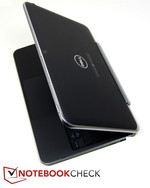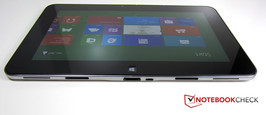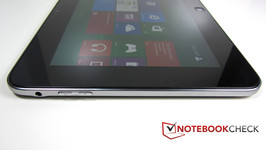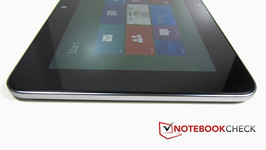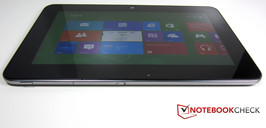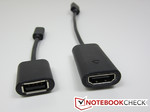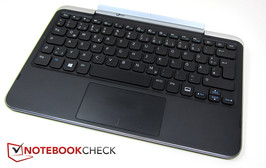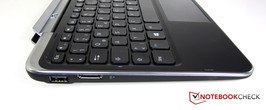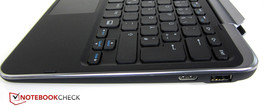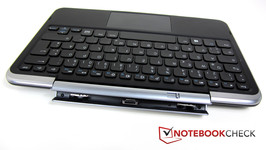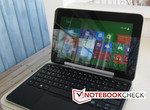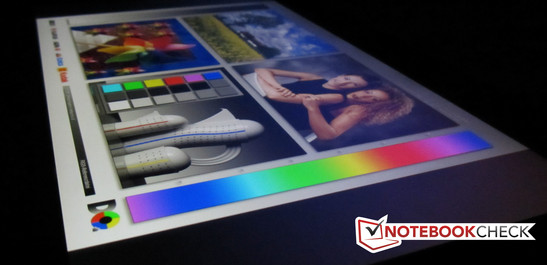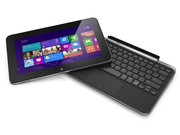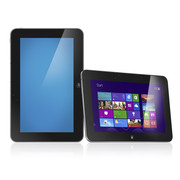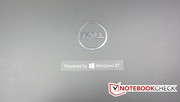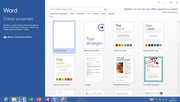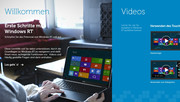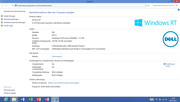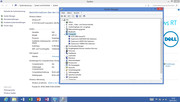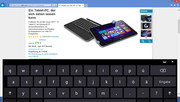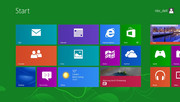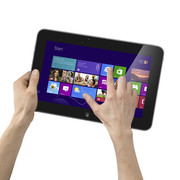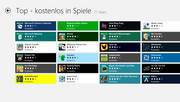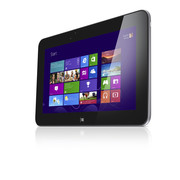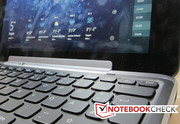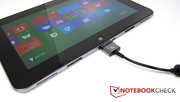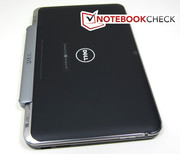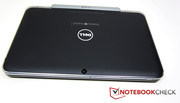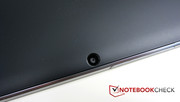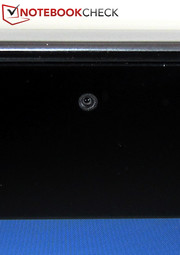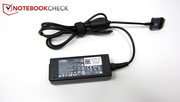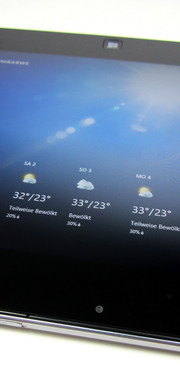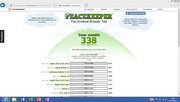For the original German review, see here.
Windows 7 is little fun to use on a touchscreen as it was not optimized for such a device. Since October 2012, the Windows 8 release, which is designed for touchscreens, presents users with a fusion of a desktop and a tablet interface. The new interface is dubbed "Modern UI". The old Start Menu has been replaced by large, colorful tabs. In accordance with the current tablet and Smartphone trend, programs are now called "Apps". Despite all the radical changes, every version of Windows 8, including Windows RT, which is optimized for devices with ARM processors, has two beating hearts: the new Windows 8 Modern UI and the classic Windows 7 desktop (minus the Start Menu). These two interfaces are interlaced tightly together so that the user can quickly switch between them at any time.
The Microsoft Surface RT showed the world what Windows RT is capable of and provided a guideline for the competition. Now, the market is rapidly filling with tablets running on Microsoft's latest OS: the Asus VivoTab RT TF600, Samsung ATIV Tab GT-P8510, etc. The Dell XPS 10 belongs in these ranks and we will explore what it has to offer in our test.
The Surface RT and the VivoTab RT TF600 run on the Nvidia Tegra 3 quad-core processor. In contrast, the Dell XPS 10 and the Samsung ATIV Tab GT-P8510 use the ARM-based Qualcomm Snapdragon S4 dual-core System-on-a-Chip (SoC) with a clock speed of 1.5 GHz and integrated Adreno 225 graphics unit. Dell equips our test model with 2 GB RAM and a 10.1-inch IPS touchscreen (multi-touch ready) with a resolution of 1366x768 pixels. Our test model is the best configuration available, offering 64 GB storage space and a keyboard dock. This configuration costs 749 Euros (~$1002). The tablet and keyboard dock together weigh 1,310 grams, but alone, the tablet is quite light at 635 grams. The XPS 10 has a 2 MP webcam on the front and a 5 MP camera on the back. It is also equipped with the latest wireless technologies.







